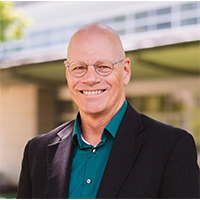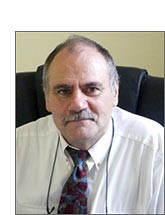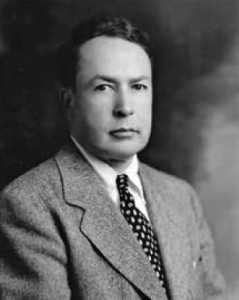 Kevin D. Moeller
Kevin D. Moeller
Professor of Chemistry
Washington University in St. Louis, U.S.
Date: May 25, 2022
Time: 1000h ET
Sponsors: Hiden Analytical (more…)
 Kevin D. Moeller
Kevin D. Moeller
Professor of Chemistry
Washington University in St. Louis, U.S.
Date: May 25, 2022
Time: 1000h ET
Sponsors: Hiden Analytical (more…)
 Submission Deadline: November 27, 2019
Submission Deadline: November 27, 2019
Submit your manuscripts to the Journal of The Electrochemical Society‘s Focus Issue on Challenges in Novel Electrolytes, Organic Materials, and Innovative Chemistries for Batteries in Honor of Michel Armand.
This focus issue of the Journal of The Electrochemical Society is devoted to the novel electrolytes, organic materials, and innovative chemistries for batteries. This issue is inspired by the work of Michel Armand, Emeritus Researcher at French CNRS, and presently working at CIC-Energigune in Spain and at Deakin University in Australia. Armand, after ushering the intercalation concept, has led the community with outstanding and inspiring contributions to the field of battery electrochemistry with major industrial applications. Armand’s most important renown findings are solid state polymer electrolytes for Li Metal Polymer batteries now commercialized, new highly conductive salt families like LiTFSI (commercialized) and LiFSI for advanced electrolytes, and carbon-nanopainting of LiFePO4 leading to wide-scale commercialization of this olivine in EV and grid storage batteries. (more…)

“The first meeting that I attended was held in Bridgeport, Connecticut, in 1928. I went with Dr. W. C. Moore, who had previously persuaded me to become a member. I knew immediately that I was interested in the Society. That interest was not due to the papers that I listened to. There was nothing strictly on electro-organic on the program. I believe that it was due to the enthusiasm of the group, and the fact that I was made to feel that I belonged.”
-Sherlock Swann, Jr.
An article by Richard Alkire in the latest issue of Interface.
Electro-organic chemistry had its champion in Sherlock Swann, Jr. His scholarship, especially his massive bibliographic efforts, served singlehandedly to keep alive the promise and spirit of electro-organic chemistry in the U.S. from the 1930s to the 50s.
He was a charter member of the Electro-organic Division of The Electrochemical Society, formed in 1940, and was the first person to hold the offices of Secretary, Vice-Chair, and Chair of that Division. Beginning with his first ECS meeting in 1928 and continuing throughout his life, he played an active role in the Society, including a term as President in 1958-59. He was the Electro-organic Divisional Editor of the Journal of The Electrochemical Society, 1939-59; the Lifetime Honorary Chair of the Chicago Section; and was made an Honorary Member of the Society in 1974.
Swann was born in 1900 in Baltimore, Maryland, where his family had deep roots and a tradition of service to society. His great-grandfather, Thomas Swann, served as governor of Maryland, as mayor of Baltimore, as President of the Baltimore & Ohio Railroad, and was a leading force in the creation of Druid Hill Park, Baltimore’s first large municipal park. His father served as Baltimore police commissioner and subsequently as Postmaster, and led the reconstruction of downtown Baltimore police commissioner and subsequently as Postmaster, and led the reconstruction of downtown Baltimore and its streets after the Great Fire of 1904.
The 2015 Consumer Electronics Show (CES) is coming to a close, but not before showcasing a huge breakthrough in battery technology.
The Israeli start-up company StoreDot showed off their new product at CES: a smartphone battery that can charge in just seconds.
StoreDot’s battery charges 100 times faster than the present lithium-ion batteries and can last about five hours on a two minute charge.
However, the battery cannot be retrofitted to existing devices because most phones would be fried by the 40 amps of electricity. Instead, StoreDot’s battery is completely new – containing special synthesized organic molecules.
“We have reactions in the battery that are non-traditional reactions that allow us to charge very fast, moving ions from an anode to a cathode at a speed that was not possible before we had these materials,” Doron Myersdorf, the company’s chief executive, told BBC.